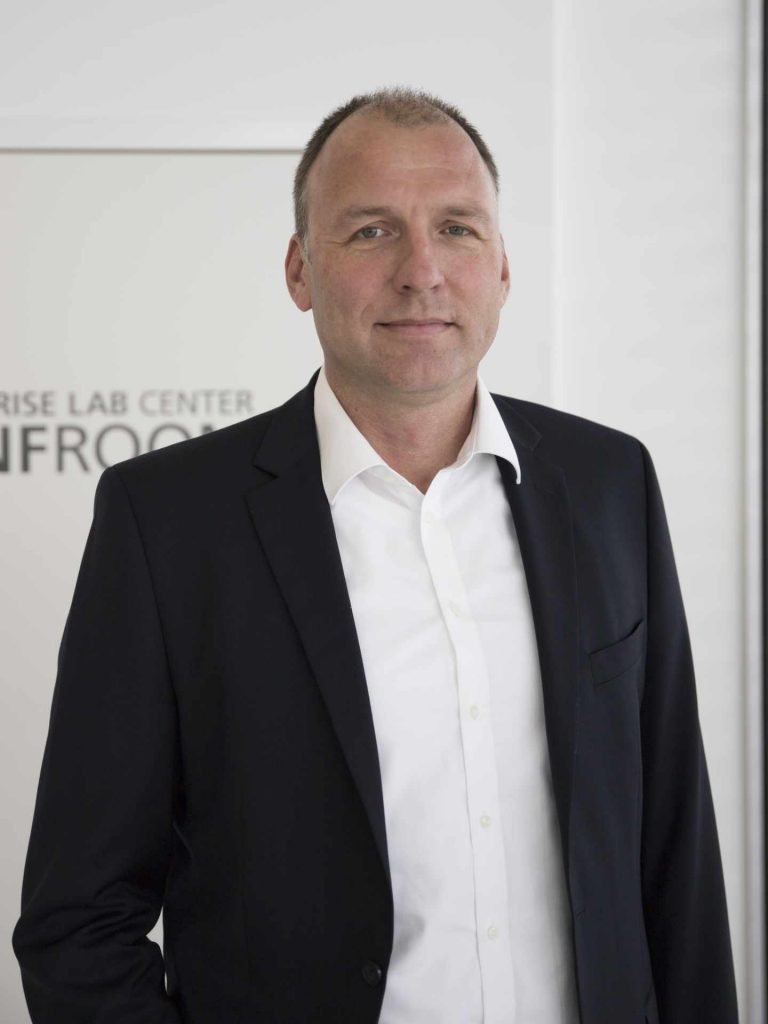Enterprise resource planning systems (ERP systems) are ideal for planning and controlling business processes. In ERP systems, workflows can be simplified, improved and automated. In this way, costs and time can be saved. That’s the theory so far, because digitizing processes with an ERP system is not a no-brainer. Some central aspects have an influence on your success. We have listed 10 aspects compactly for you.
1. take advantage of existing ERP technologies
ERP systems connect the cross-departmental flow of materials and information based on established technologies. The technical relationship knowledge that ERP systems provide in the standard has its price in the context of investment planning. The development of completely new solutions based on new technologies, with a range of functions adapted to the company’s individual requirements, is often not feasible for most companies from their own resources at present and, for this reason, is generally not a viable alternative for short- and medium-term IT projects.
2.Analyze your own processes and data
For every IT project, knowledge of one’s own operational processes and data is a fundamental basis, and this is completely independent of the chosen project methodology. Regardless of whether it is the classic waterfall model, SCRUM or hybrid forms: Knowledge of the processes as well as the functional requirements and data structures to be covered by a future system are always the foundation and guide for system implementation and commissioning. So get down to the analysis!
3. involve employees as knowledge carriers
Your employees know your company’s business processes and data in detail, even if they have been organized selectively or entirely without ERP system support up to now. With their organizational and process-related relationship knowledge, the experts in your individual departments make a fundamental contribution to the requirements definition, selection and efficient use of ERP systems.
4. Determine the degree of digitization and potential
ERP systems are often used, if at all, only in certain corporate departments (e.g., sales, purchasing, financial accounting). In contrast, other departments that are not part of the core processes often have to organize business and planning processes with stand-alone solutions or office products in operational company practice. This leads to decentralized data silos with duplicate data storage and additional sources of error. Digitization and an overarching use of the standardized ERP system create potential. For a company-specific determination of the degree of digitization and to identify potential, the Fraunhofer Institute for Material Flow and Logistics, for example, provides a free quick check: https://www.erp-logistics.com/kostenlose-erp-checks/. In this way, you can create an overview of your potentials.
5. Determine the digitization strategy with future target processes and technology deployment.
Once the degree of digitization has been determined, the concrete measures can then be planned as part of a company-specific digitization strategy. The concept with the future target processes is created after the requirements have been analyzed, the weak points of the existing processes have been determined and the processes to be optimized have been defined. System requirements are then defined from the optimized processes, which are aligned and harmonized with the agreed system boundaries. Derive a future target IT system landscape from the findings obtained, which visualizes in which areas of the company the ERP system should be used in a leading role and where expert systems make sense. This creates transparency and illustrates the target state of your digitization project. With limited resources and high process and technical complexity, a complex IT system landscape usually cannot be implemented in a “big bang”, i.e. with a simultaneous changeover to all new IT systems. For complex projects, develop a realistic phase-specific step-by-step plan and approach your goal “piece by piece”.
6. compare and select digital technologies in the ERP environment.
The comparison and selection of digital technologies and ERP systems should always be based on documented process and functional requirements in order to obtain a clear picture of the technical and financial project scope. Be sure to create a requirements specification that describes as concretely as possible “what” the new ERP system should do functionally. As part of an RFP process, match your needs or requirements profile with what ERP vendors are offering. Obtain quotations and compare the functional performance specifications of the vendors as well as the submitted indicative price quotations. A standardized price query for the commercial offers enables you to compare the financial key figures over the defined period of ideally (depending on the industry and company size) five to ten years. In this way, you can avoid comparing apples with oranges.
7.Thoroughly prepare the decision for a new ERP system
The selection decision should always be based on several criteria (such as functional scope, technologies, price, usability and user acceptance, etc.), which should be weighted individually depending on the project. The interaction of the individual technical components must be clarified with the providers, as must the provision of the necessary services in the form of consultant days for implementation and commissioning. Before the actual implementation begins, all those involved should have as uniform an understanding as possible of the project goal.
8. Allow sufficient time for implementation and commissioning
The changeover to a new ERP system involves numerous technical and organizational steps. Many challenges can be identified in advance, but some only arise during the course of the project. The path to achieving the project goal must be regularly reviewed and re-evaluated. In addition, everyone in the project team needs a uniform understanding of the necessary work steps. The communication effort required for this should not be underestimated. A considerable amount of time can pass between the selection and the actual implementation. Also, new business processes must not be dropped during implementation.
In any case, a capacity analysis at department and employee level is advisable to ensure the necessary human resources for the ERP implementation project. The implementation of an ERP system stands and falls with your employees who configure and implement the system with the manufacturer or implementation partner!
9.Involve employees in the solution development
The more intensively your own employees are involved in the design and implementation of the technical solution, the lower the risk of a lack of acceptance of the ERP system in the implementation phase. Identify innovators and motivate skeptics early on. This is so important!
ERP implementation projects are not a “one-man show” even for small and medium-sized companies. This is partly due to the abundance of technical components, but also due to the range of business processes that are mostly covered by the new system.
10. ERP projects do not end with go-live
An ERP project does not end with the conversion and go-live on a specific date. The conversion is always followed by a stabilization phase, which can last longer depending on the complexity of the project. Due to the permanent technological and organizational changes, the use of new digital technologies means a continuous analysis and optimization of business processes. For this reason, the corresponding capacities should also be planned either internally or externally as part of the strategy development. If a new ERP system is not kept sufficiently up-to-date, this will have a strong impact on the efficient use of this technology in the medium term.
By choosing a suitable and modern ERP system, you have created a good basis for digitization in your company. In the fast-moving age of digitization, however, step-by-step adaptation is a must. The challenge and the recipe for success is a continuous and creative combination of processes and the latest technologies. Check whether your current operational ERP system covers the current requirements and is crisis-proof. If not, an ERP replacement project should not be put on the back burner. Investments in a modern IT infrastructure are the prerequisite for healthy and efficient business growth!
Our Expert:

Fraunhofer-Institut für Materialfluss und Logistik IML
https://www.erp-logistics.com/
